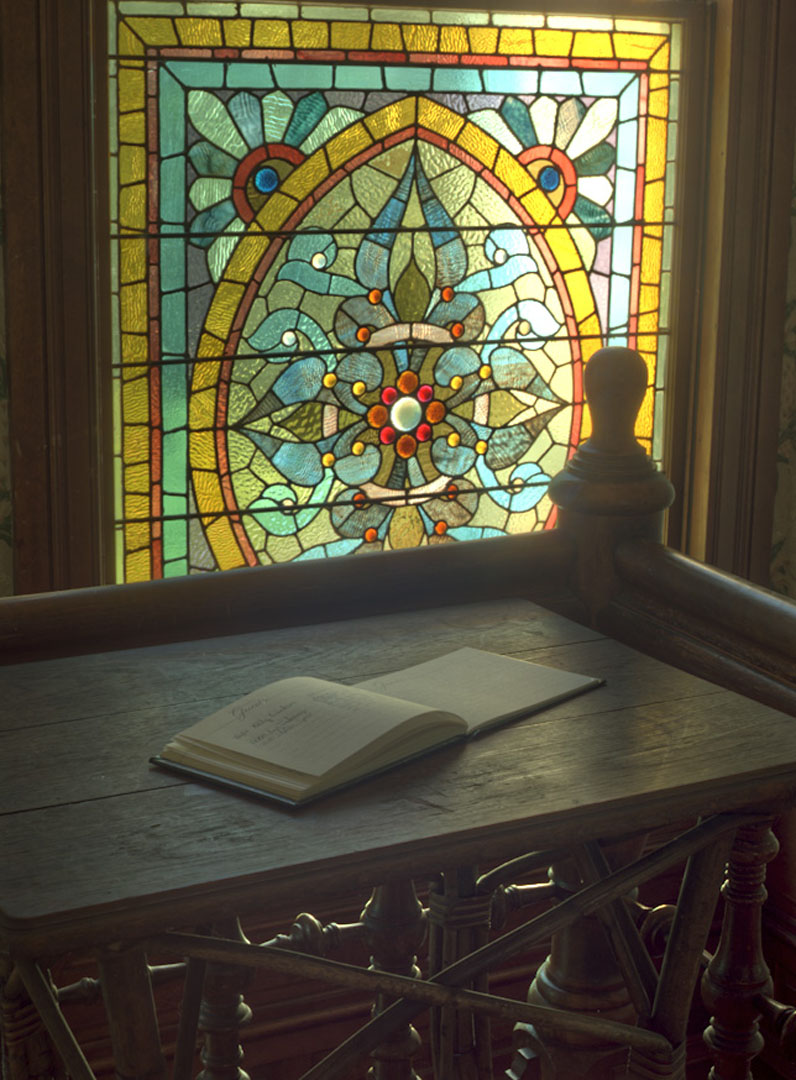“Interactive local adjustment of tonal values” by Lischinski, Farbman, Uyttendaele and Szeliski
Conference:
Type(s):
Title:
- Interactive local adjustment of tonal values
Presenter(s)/Author(s):
Abstract:
This paper presents a new interactive tool for making local adjustments of tonal values and other visual parameters in an image. Rather than carefully selecting regions or hand-painting layer masks, the user quickly indicates regions of interest by drawing a few simple brush strokes and then uses sliders to adjust the brightness, contrast, and other parameters in these regions. The effects of the user’s sparse set of constraints are interpolated to the entire image using an edge-preserving energy minimization method designed to prevent the propagation of tonal adjustments to regions of significantly different luminance. The resulting system is suitable for adjusting ordinary and high dynamic range images, and provides the user with much more creative control than existing tone mapping algorithms. Our tool is also able to produce a tone mapping automatically, which may serve as a basis for further local adjustments, if so desired. The constraint propagation approach developed in this paper is a general one, and may also be used to interactively control a variety of other adjustments commonly performed in the digital darkroom.
References:
1. Adams, A. 1981. The Negative. The Ansel Adams Photography series. Little, Brown and Company.Google Scholar
2. Adams, A. 1983. The Print. The Ansel Adams Photography series. Little, Brown and Company.Google Scholar
3. Adobe Systems, Inc. 2005. Adobe Photoshop CS2. Adobe Systems, Inc., San Jose, CA.Google Scholar
4. Agarwala, A., Dontcheva, M., Agrawala, M., Drucker, S., Colburn, A., Curless, B., Salesin, D., and Cohen, M. 2004. Interactive digital photomontage. ACM Trans. Graph. 23, 3, 294–302. Google ScholarDigital Library
5. Artusi, A., Bittner, J., Wimmer, M., and Wilkie, A. 2003. Delivering interactivity to complex tone mapping operators. In Rendering Techniques 2003, 38–44. Google ScholarDigital Library
6. Ashikhmin, M. 2002. A tone mapping algorithm for high contrast images. In Rendering Techniques 2002, 145–156. Google ScholarDigital Library
7. Drago, F., Myszkowski, K., Annen, T., and Chiba, N. 2003. Adaptive logarithmic mapping for displaying high contrast scenes. Computer Graphics Forum 22, 3 (Sept.), 419–426.Google ScholarCross Ref
8. Durand, F., and Dorsey, J. 2000. Interactive tone mapping. In Rendering Techniques 2000, 219–230. Google ScholarDigital Library
9. Durand, F., and Dorsey, J. 2002. Fast bilateral filtering for the display of high-dynamic-range images. ACM Trans. Graph. 21, 3 (July), 257–266. Google ScholarDigital Library
10. Fattal, R., Lischinski, D., and Werman, M. 2002. Gradient domain high dynamic range compression. ACM Trans. Graph. 21, 3 (July), 249–256. Google ScholarDigital Library
11. Goodnight, N., Wang, R., Woolley, C., and Humphreys, G. 2003. Interactive time-dependent tone mapping using programmable graphics hardware. In Rendering Techniques 2003, 26–37. Google ScholarDigital Library
12. Johnson, G. M., and Fairchild, M. D. 2003. Rendering HDR images. In IS&T/SID 11th Color Imaging Conference, 36–41.Google Scholar
13. Levin, A., Lischinski, D., and Weiss, Y. 2004. Colorization using optimization. ACM Trans. Graph. 23, 3, 689–694. Google ScholarDigital Library
14. Li, Y., Sun, J., Tang, C.-K., and Shum, H.-Y. 2004. Lazy snapping. ACM Trans. Graph. 23, 3, 303–308. Google ScholarDigital Library
15. Li, Y., Sharan, L., and Adelson, E. H. 2005. Compressing and companding high dynamic range images with subband architectures. ACM Trans. Graph. 24, 3, 836–844. Google ScholarDigital Library
16. Pattanaik, S. N., Ferwerda, J. A., Fairchild, M. D., and Green-Berg, D. P. 1998. A multiscale model of adaptation and spatial vision for realistic image display. In Proc. ACM SIGGRAPH 98, M. Cohen, Ed., 287–298. Google ScholarDigital Library
17. Reichmann, M., 2005. An image processing workflow. http://luminous-landscape.com/tutorials/workflow1.shtml.Google Scholar
18. Reinhard, E., Stark, M., Shirley, P., and Ferwerda, J. 2002. Photographic tone reproduction for digital images. ACM Trans. Graph. 21, 3 (July), 267–276. Google ScholarDigital Library
19. Reinhard, E., Ward, G., Pattanaik, S., and Debevec, P. 2005. High Dynamic Range Imaging. Morgan Kaufmann.Google Scholar
20. Reinhard, E. 2002. Parameter estimation for photographic tone reproduction. Journal of Graphics Tools 7, 1, 45–52. Google ScholarDigital Library
21. Rother, C., Kolmogorov, V., and Blake, A. 2004. “GrabCut”: interactive foreground extraction using iterated graph cuts. ACM Trans. Graph. 23, 3, 309–314. Google ScholarDigital Library
22. Saad, Y. 2003. Iterative Methods for Sparse Linear Systems, second ed. SIAM. Google ScholarDigital Library
23. Szeliski, R. 2006. Locally adapted hierarchical basis preconditioning. ACM Trans. Graph. 25, 3. Google ScholarDigital Library
24. Tumblin, J., and Turk, G. 1999. LCIS: A boundary hierarchy for detail-preserving contrast reduction. In Proc. ACM SIGGRAPH 99, A. Rock-wood, Ed., 83–90. Google ScholarDigital Library
25. Wang, J., and Cohen, M. 2005. An iterative optimization approach for unified image segmentation and matting. In Proc. IEEE Intl. Conf. on Computer Vision, vol. 2, 930–935. Google ScholarDigital Library
26. Ward Larson, G., Rushmeier, H., and Piatko, C. 1997. A visibility matching tone reproduction operator for high dynamic range scenes. IEEE TVCG 3, 4, 291–306. Google ScholarDigital Library




